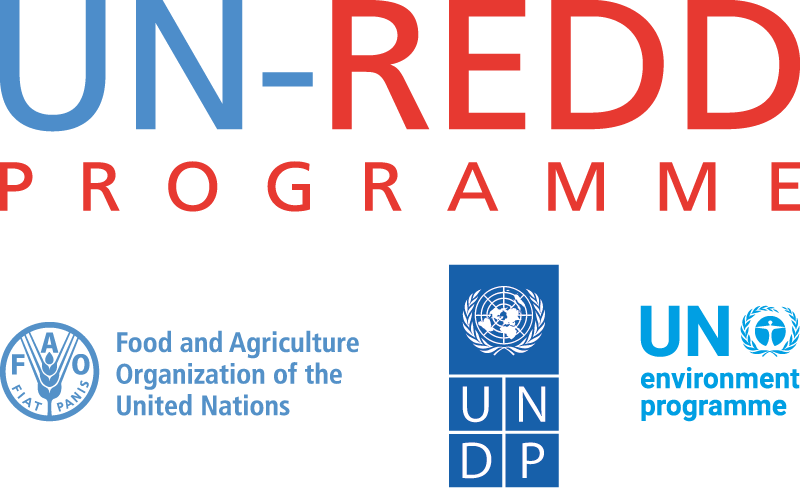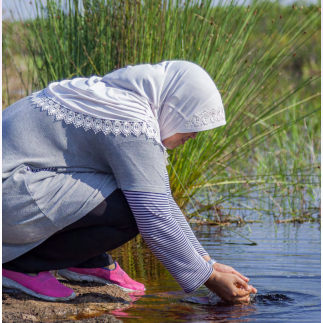
INDONESIA IS EXPANDING EXPERTISE IN MAPPING DEFORESTATION TO HELP FIGHT CLIMATE CHANGE
Indonesia has made strong progress in reducing deforestation in recent years. The Ministry of Environment and Forestry announced a 75-percent reduction in deforestation within the country in 2020. With a declining rate of forest loss, the country is approaching the forestry sector’s goals for the country’s NDC in the Paris Agreement of the Climate Change Convention, and moving towards limiting annual deforestation to an average of 325,000 hectares between 2020 and 2030.
The country is working to meet climate targets by mapping and monitoring deforestation using advanced satellite imagery technologies that enable precise characterization of changes in land cover and use. New high spatial resolution images for 64 forest countries, acquired by NICFI, are being incorporated into FAO’s geospatial processing platforms and put to a wide range of applications including validating land cover changes from deforestation and forest degradation, characterizing the effects of forest fires, and restoring peatlands.
Early in 2019, Indonesia was one of eight countries to receive training by FAO to jumpstart use of this new satellite imagery in their NFMS. At a workshop in 2020, funded jointly by the UN-REDD Programme and the World Bank, Indonesia received customised technical training on change detection and sample-based area estimation using Planet Labs satellite data. Planet’s support team worked with officials from the Ministry of Environment and Forestry of Indonesia as they incorporated high-resolution imagery into their existing SEPAL workflows to help improve accuracy. SEPAL, or System for Earth Observation Data Access, Processing and Analysis for Land Monitoring, was developed by FAO and helps countries monitor and report on forests and land use. SEPAL offers users unparalleled access to satellite data, paving the way for improved climate change mitigation plans and data-driven land-use policies. Together these systems make forest monitoring more accessible, accurate and efficient.
According to Nurul Silva Lestari, a researcher at the Centre for Research and Development of Socio-Economic Policy and Climate Change at the Ministry of Environment and Forestry in Indonesia, remote sensing is being used daily to monitor fire hotspots, as well as identify burned scar areas. Combined with ground checks, the use of remote sensing can provide robust forest fire information and improve early forest-fire detection.
Equipping these experts and local stakeholders with timely, high-resolution information has made a big difference. “This training provides valuable insights and skill development to use high-quality spatial data for deforestation and forest degradation monitoring,” said Lestari. “As I am working on several REDD+ initiatives in Indonesia, the availability of time-series data to generate land-cover-change data is essential. The new satellite data can help us to detect deforestation, and most notably forest degradation, which sometimes can be hard to identify.”
Making good use of the newly available data to help protect and restore previously degraded peatlands, to characterize the effects of fire, and assess deforestation and forest degradation, all contribute to the NFMS. The results are a key factor enabling Indonesia to receive performance-based payments for measured, reported and verified reduced emissions from deforestation and forest degradation (REDD+). Using Planet’s wall-to-wall, high-resolution imagery, countries like Indonesia can do this with greater consistency, accuracy and efficiency.

